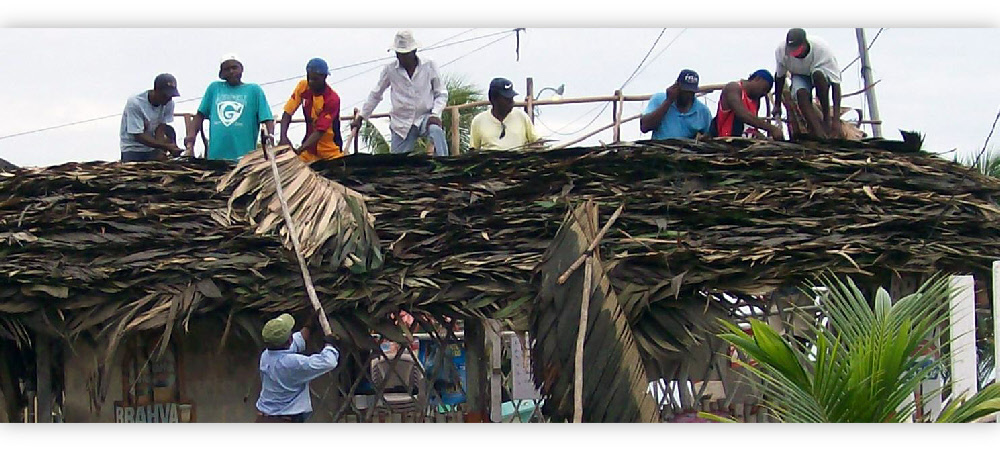


Replacing the manaka

African influence in Garífuna language

In an attempt to address the issue of African influence, the late professor Douglas Taylor (1951), a linguist specializing in Native Caribbean languages, compared an earlier researcher’s word list from a different dialect of Kalípona with his own word list of the Garínagu of Belize (this list was later reproduced in Suazo (1991:5)). Taylor determined that the Garífuna language, the language that was spoken by the Black people on St. Vincent before 1797, was the same language spoken by the region’s indigenous inhabitants, but with African phonetic influence.
The period of 1576-1676 of Early Garífuna can be characterized as rapid acquisition of Kalípona language, death of the African languages and retention of native African phonological rules. It is this regularized, underlying rule-based pronunciation (such as the devoicing of some word-initial plosives or the raising of some mid-vowels, i.e, Kalípona to Garífuna or caballo to gaballu), that marks the birth of “Garífuna” language.
Taylor’s lexical studies on Garífuna core vocabulary and on the vocabularies of several different semantic fields reveal that aside from words borrowed from English, Spanish and French, loanwords are quite rare. To date, only two words were found to be not of Arawak, Carib or European origin, mutu (person) and pinda (peanut), which have Bantu language origins (50). At this point it is reasonable to question whether the African evidence is complete. Clearly an exhaustive lexical analysis has not been done on the entire Garífuna language and given that there was contact with Africans from other regions besides those that speak Bantu once the Garínagu were in Central America, the possibility exists that many more words of African origin could be found. It is important to note that mutu is an extremely important root in the Bantu language upon words such as ‘humanity’ and ‘human’ are built. There have been claims that pinda (derived from Congo mpinda) for ‘peanut’ has also been found in archaic Suriname and Jamaican Creoles (Paiewonsky 1989:158; Monteith and Richards 2002:96). Nevertheless, the possibility that Garífuna might be a wholly African language with borrowings from indigenous American and/or Romance languages is put to rest in the face of Taylor’s overwhelming evidence: phonological and lexical data comparisons reveal an unquestionable relationship between Garífuna and Lokono, another living language from the Arawak branch. To date, no such correspondence has been demonstrated between Garífuna and any African language.
References
Monteith, Kathleen E. A, and Glen Richards. Jamaica in Slavery and Freedom: History, Heritage and Culture. Kingston, Jamaica: University of the West Indies Press, 2002. Print.
Paiewonsky, Isidor. Eyewitness Accounts of Slavery in the Danish West Indies: Also Graphic Tales of Other Slave Happenings on Ships and Plantations. New York: Fordham University Press, 1989. Print.
Suazo, B E. S. Conversemos En Garífuna: Gramática Y Manual De Conversación. Tegucigalpa, Hond: COPRODEIM, Comite pro Desarrollo Integral de la Moskitia, 1991. Print.
Taylor, Douglas M. R. The Black Carib of British Honduras / Douglas Macrae Taylor. Ann Arbor, Michigan: UMI Out-of-Print Books on Demand, 1990
Photo courtesy of Juan Carlos Sanchez